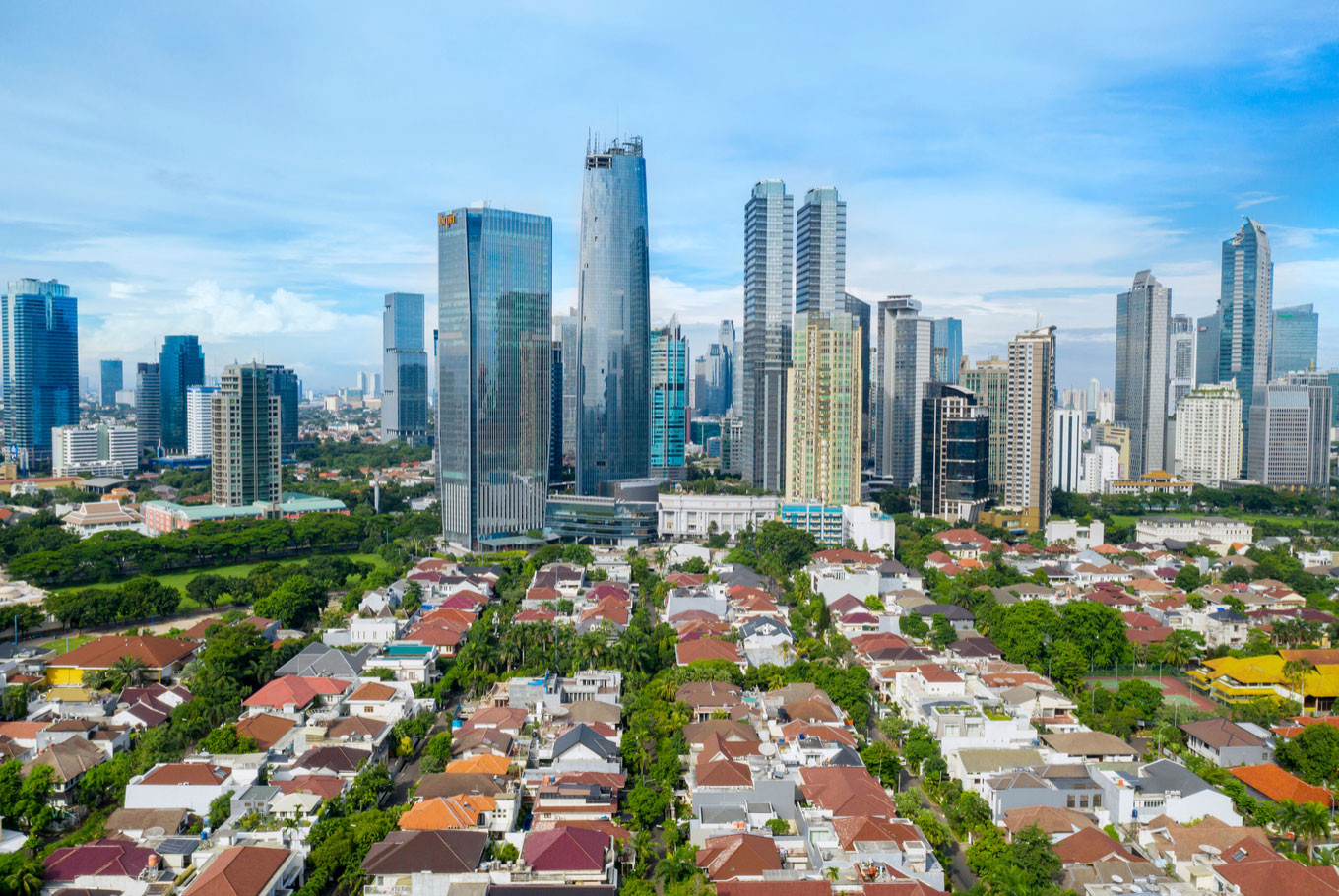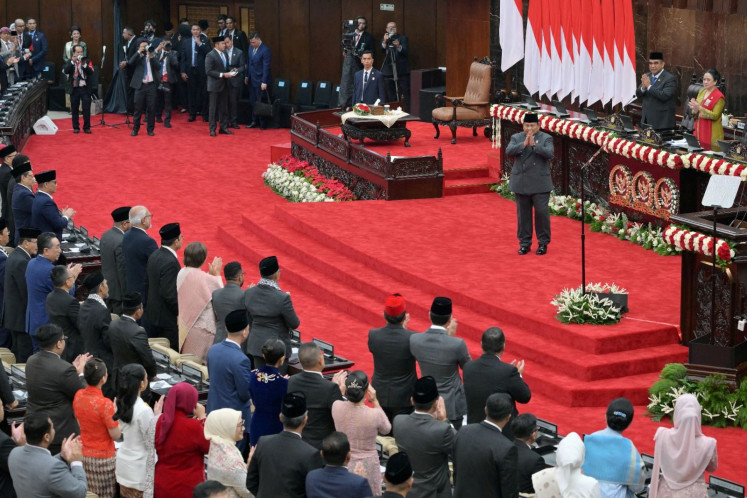Popular Reads
Top Results
Can't find what you're looking for?
View all search resultsPopular Reads
Top Results
Can't find what you're looking for?
View all search resultsProperty market review: From commodity to infrastructure driven
The new towns triggered the property market in the Greater Jakarta as an alternative for most of the middle and lower middle-class.
Change text size
Gift Premium Articles
to Anyone
A
new era of the Indonesian property market began in the 1980s as seen in the development of new towns during the period between 1985 until the 2000s, such as Lippo Karawaci, Gading Serpong, Bumi Serpong Damai in Tangerang and Kota Legenda in Bekasi, east of the capital.
The new towns triggered the property market in the Greater Jakarta as an alternative for most of the middle and lower middle-class. Within a relatively short period the new town development managed to enter the market boom cycle due to soaring demand levels.
In the following decade, the property market entered transition to market recession. This was characterized by a tendency to oversupply property, mostly in the new town areas. Meanwhile, Indonesia's economic situation is on the verge of a crisis, similar to the period of 1997-1999.
The high dollar exchange rate and soaring prices of goods are the most influential factors in decreasing people's purchasing power and their income. This has led to a stall on housing developments, also reflected by many uninhabited new homes. Bank Indonesia’s Residential Property Index (RPI) was sharply corrected from the fourth quarter of 1998 by 130 basis points to 100 basis points in the first quarter, 1999, a decline of about 23 percent.
The global crisis that hit Indonesia in 1998 affected almost all sectors including property. However prudent banking restructuring in Indonesia has made developers and buyers more trustful of the credit process through banks.
Since 2003, the growth of Indonesia’s property business has experienced an unprecedented surge. The peak of this growth occurred in 2005, when the property market capitalization touched Rp 91 trillion, a 10-fold increase compared to capitalization value in 2000 of Rp 9.51 trillion.
Meanwhile the United States experienced a great financial crisis in 2008. Again, the crisis was very much related to the property sector in the form of a subprime mortgage crisis. However Indonesia’s property sector has not experienced a significant correction from the 2008 global crisis. The slowdown in property prices growth has been dominated by high prices of building materials and iron, indirectly caused by the 2008 global crisis. The correction of property prices growth in national market was more prevalent during 2005 – 2007 when there was a weakening of price growth from 6.5 percent to 2 percent.
Following the 2008 global crisis Indonesia’s property tended to experience a positive increase. Since the boom phase in 2005, the property market has neither experienced recession nor recovery phase, as some predicted. In fact, the market boom is moving from one peak to another. The increase in the property price index was recorded to be quite stable in 2007-2012, ranging from 2 percent to 5.5 percent year on year.
The peak happened in the second property market boom in the third quarter of 2013. The Property Price Index increased nearly threefold from the previous year at 5.5 percent in the third quarter of 2012 to 13.51 percent in the third quarter of 2013. Despite significant price increases, residential property sales has increased sharply by almost 40 percent.
In order to explore the yield and increase in property prices that skyrocketed at that time, we must understand the behavior of market participants. The motives of both developers and consumers are based on rush and emotional investment, rather than realistic reasoning.
At that time, speculators of the property market also hoped for quick high yields and capital gains. It triggered the impression that sales during construction would lead to the property being sold out, but precisely when the construction period is complete the property turns out to be empty and even resold.
This indicates property oversupply compared to real demand. Therefore during the property boom of 2009 – 2013, property was viewed more as investment goods, not primary needs.
At present, the property market tends to be sluggish due to oversupply in recent years and stagnant purchasing power. Bank Indonesia recorded declining residential property sales by -14 percent in the third quarter of 2018, seen largely as the continuation of the trend for the past three years.
As a result, the government has issued several policy packages to boost the property market amid aggressive increase of interest rates, including the relaxation of the loan to value ratio or the down payment requirement.
However, after more than one semester, the monetary policy has failed to significantly stimulate the property market. Today’s tendency of the property market is more influenced by infrastructure development policy rather than monetary policy such as the development in mass transportation such as light rapid transit (LRT), mass rapid transit (MRT), and bus rapid transit (BRT), which boosts the surrounding property market such as in Greater Jakarta.
Nowadays, people preferences for choosing property are more realistic because they consider property as their primary need, not as an investment instrument. The preferences are more about offers of supporting facilities for daily living, rather than expectations of yields or capital gains.
See for instance areas in Depok and Bogor south of Jakarta, and Cibubur on the eastern outskirts, which are crossed by current and scheduled public transportation routes such as LRT and bus routes, which have more attractive market prospects than those which are not. This is a significant difference compared to five years ago, where new town development areas such as Bintaro, Bumi Serpong Damai, Alam Sutra in Jakarta’s southern outskirts, and Lippo Karawaci in Tangerang to the city’s west, were clearly kingmakers for property investment.
The evidence above further strengthens the shift in the property market trend; earlier driven by investment and commodities, it is now infrastructure driven.
***
The writer is a certified property valuer and real estate analyst at Amin Nirwan Alfiantori and Partners Valuation Firm.










